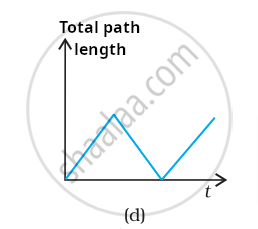Advertisements
Advertisements
Question
A drunkard walking in a narrow lane takes 5 steps forward and 3 steps backward, followed again by 5 steps forward and 3 steps backward, and so on. Each step is 1 m long and requires 1 s. Plot the x-tgraph of his motion. Determine graphically and otherwise how long the drunkard takes to fall in a pit 13 m away from the start.
Solution
Distance covered with 1 step = 1 m
Time taken = 1 s
Time taken to move first 5 m forward = 5 s
Time taken to move 3 m backward = 3 s
Net distance covered = 5 – 3 = 2 m
Net time taken to cover 2 m = 8 s
Distance covered by the drunkard in 16 s = 2 + 2 = 4 m
Distance covered by the drunkard in 24 s = 2 + 2 + 2 = 6 m
Distance covered by the drunkard in 32 s = 2 + 2 + 2 = 8 m
In the next 5 s, the drunkard will cover a distance of 5 m and a total distance of 13 m and falls into the pit.
Net time taken by the drunkard to cover 13 m = 32 + 5 = 37 s
The x-t graph of the drunkard’s motion can be shown as:
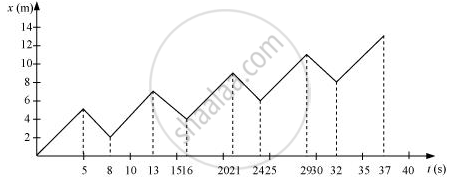
APPEARS IN
RELATED QUESTIONS
In the following examples of motion, can the body be considered approximately a point object:
A railway carriage moving without jerks between two stations.
Read the statement below carefully and state, with reason and example, if it is true or false:
A particle in one-dimensional motion with zero speed at an instant may have non-zero acceleration at that instant
Explain clearly, with examples, the distinction between:
- magnitude of displacement (sometimes called distance) over an interval of time, and the total length of path covered by a particle over the same interval.
- magnitude of average velocity over an interval of time, and the average speed over the same interval. [Average speed of a particle over an interval of time is defined as the total path length divided by the time interval]. Show in both (a) and (b) that the second quantity is either greater than or equal to the first. When is the equality sign true ? [For simplicity, consider one-dimensional motion only].
Look at the graph carefully and state, with reason, that this cannot possibly represent the one-dimensional motion of a particle.
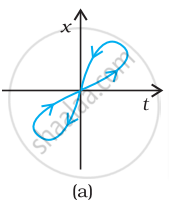
An athlete completes one round of a circular track of radius R in 80 sec. What will be his displacement at the end of 4 min 60 seconds?
In the following example of motion, can the body be considered approximately a point object:
A monkey sitting on top of a man cycling smoothly on a circular track.
In the following example of motion, can the body be considered approximately a point object:
A spinning cricket ball that turns sharply on hitting the ground.
Look at the graph carefully and state, with reason, that this cannot possibly represent the one-dimensional motion of a particle.
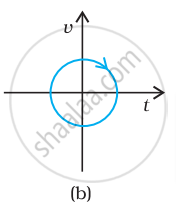
Look at the graph carefully and state, with reason, that this cannot possibly represent the one-dimensional motion of a particle.
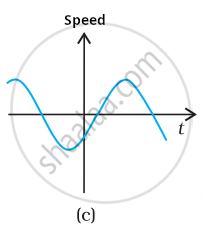
Look at the graph carefully and state, with reason, that this cannot possibly represent the one-dimensional motion of a particle.
